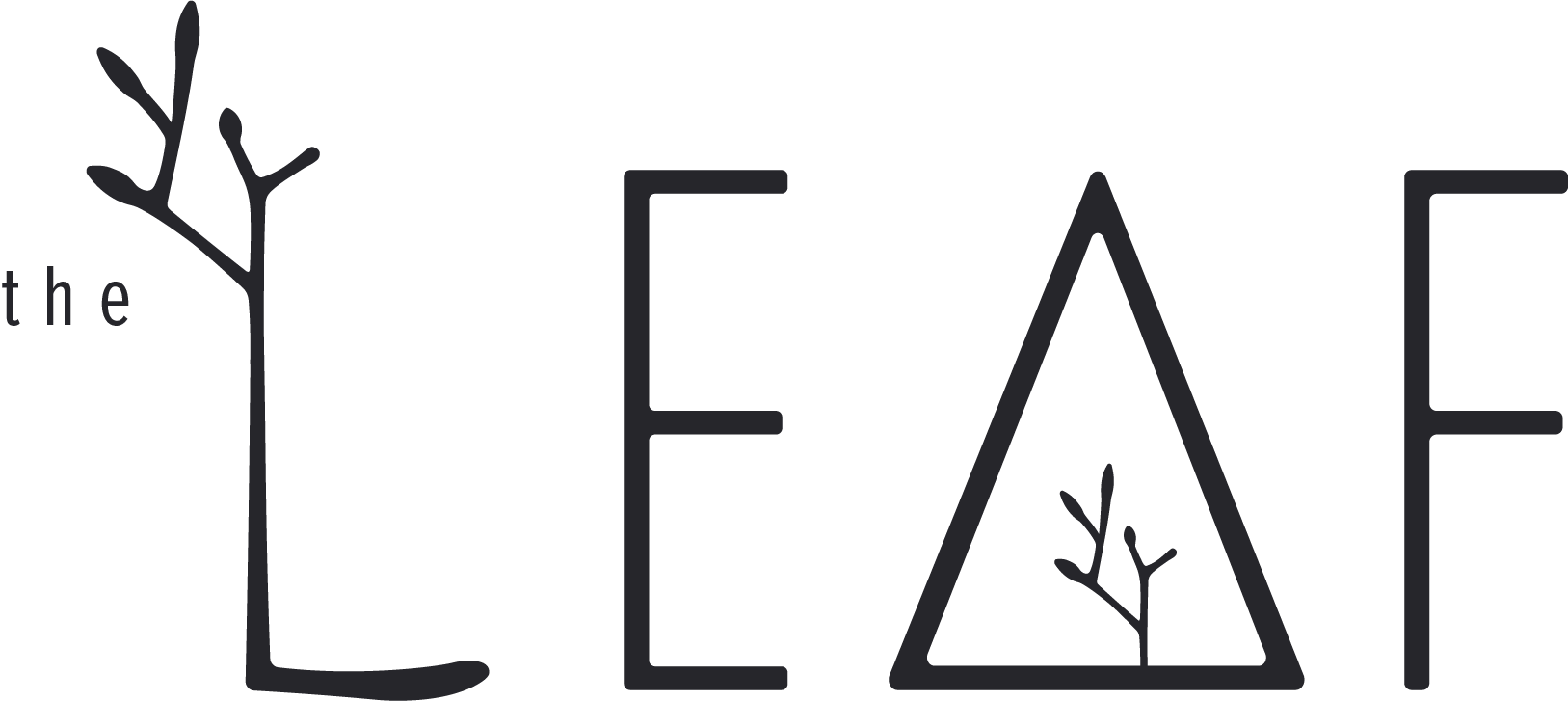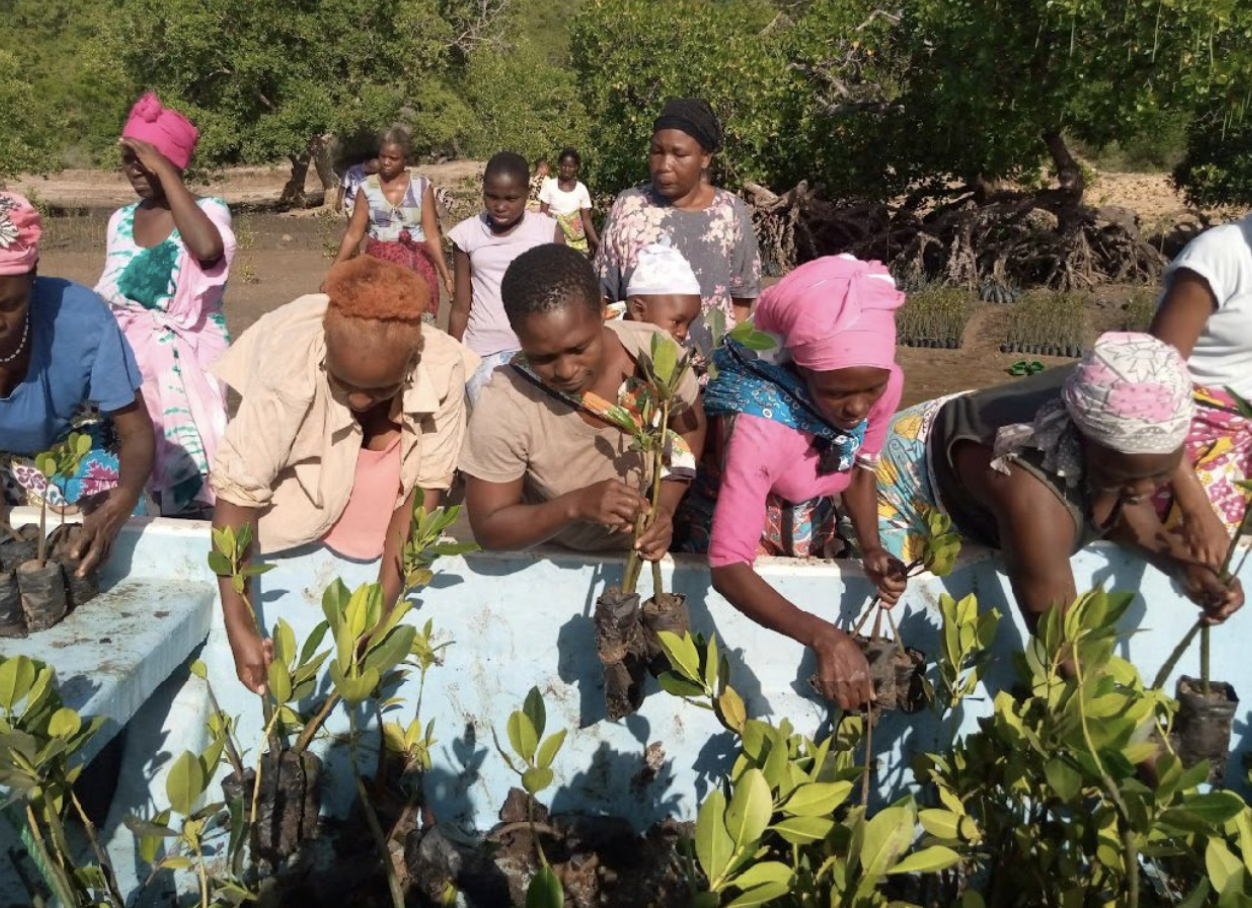Our Method
The LEAF undertakes restoration of highly threatened habitats in biodiversity hotspots across the world. Our method focuses on the triple benefits of biodiversity, carbon capture and sustainable development that derive from ecosystem restoration. We plant 100% native tree species, prioritising species that are threatened with extinction. This approach supports tree diversity, the return of native fauna and the long-term sequestration of carbon, in addition to providing many resources and ecosystem services to local communities, helping them achieve sustainable development.
School partnerships
Our method involves partnering with schools and universities within biodiversity hotspots that have enough land to create native forests within their grounds.
We locate local botanical experts in order to propagate and collect the widest range of indigenous species, prioritising species according to their risk of extinction.
We help the university to build new seedling nurseries, or expand and improve pre-existing nurseries, giving them the capacity to grow a diverse mix of tree species and to propagate enough material for restoration.
Once nursery capacity has been expanded, trees are planted within the university grounds, where they are nurtured to adulthood.
By planting trees on the university premises, we get the dual benefits that arise from habitat restoration and botanic gardens.
Very few threatened tree species from the tropical realms are currently protected ex situ, especially within country of origin. In many cases, our trees will represent the first ex situ collection of the species.
By being located within university grounds, we will be able to increase our knowledge of these previously neglected species through scientific research.
In turn, this will help increase our understanding of their physiology, ultimately improving our ability to incorporate them into restoration projects and avoid widespread mortality.
In addition, we will utilise novel technologies wherever possible to fast-track knowledge development, minimising initial tree mortality rates and providing a haven for these endangered tree species. T
he forests planted by LEAF will also see the return of native fauna, helping support other species that rely on these forests.
Grassroot activities
At LEAF, we know that achivieving our ambition requires education and public awareness.
That’s why we give equivalent priority to awareness activities as we do to the planting itself, where possible combining the two.
Our education programmes increase awareness around issues such as climate change, the biodiversity crisis and ecosystem services.
We help local communities develop ways to sustainably use forest resources and provide technological input where possible. By locating our projects within university premises, we actively encourage further education and the enhancement of local knowledge.
We also provide an opportunity for locals to learn about their native biodiversity from the forests restored within the university.
Moreover, we champion local conservationists to oversee as much of the process as possible, providing employment opportunities and direct economic input to the community.



